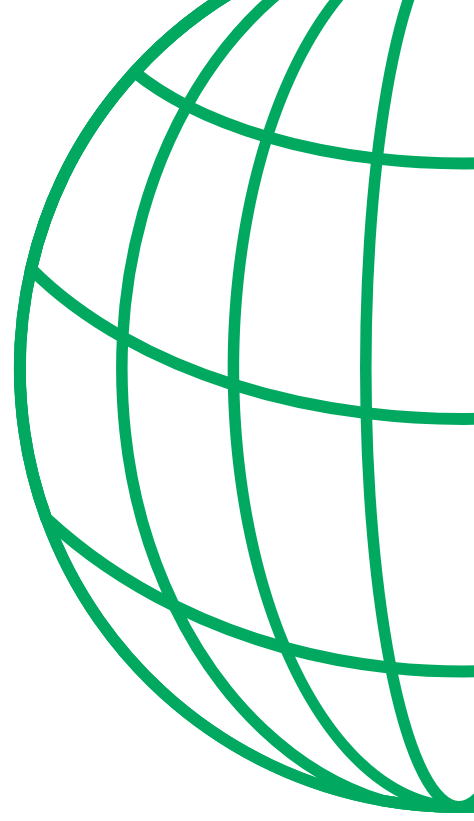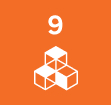Share the page
Developing a model to use sugar cane chaff as a renewable energy source on Mauritius.
Project


-
Project start date
-
Status
Completed
-
Estimated date of project termination
-
-
Project financing date
-
-
Financing duration
-
2 years
-
Type of program
-
FFEM
-
Global financing amount
-
2 583 580 €
-
FFEM financing amount
-
400 000 €
-
Project lead member institution(s)
-
French Ministry of Economy and Finance
-
Country and region
-
Mauritius
-
Location
-
Île Maurice
-
Type of financing
-
Grant
-
Beneficiaries
-
Terragen Ltd
-
Type of beneficiary
-
private sector



On Mauritius, almost 50% of electricity is produced by three cogeneration power plants. One of these plants, operated by Terragen Ltd, is leading a project supported by the FFEM which aims to make better use of cane sugar biomass while also increasing the proportion of renewable energy in energy production on the island.
Context
The Mauritian government has set itself the objective of achieving 35% renewable energy in overall energy production on the island by 2025. Not all the sugar cane biomass is fully used on Mauritius. Although the bagasse (70-75% of the total cane biomass) is entirely utilised, the cane chaff is still left in the field. However, this tinder-dry biomass is a prime energy source candidate.
The FFEM supports this project, aimed at establishing a model and industry to utilise sugar cane chaff. The project will also encourage replacing fossil energy (coal) with renewable energy, and an imported energy source with a local one.
Description
The project comprises four elements:
- Acquiring equipment to collect and handle the chaff: presses, tractors, loaders, trailers, bale splitters, etc.
- Adapting the plant (electrical power, conveyors, storage, fire protection systems and dust extraction systems) for integration of the chaff into the bagasse feed circuit.
- Conducting industrial-scale chaff combustion trials. To monitor and cost-up these operations to determine the economic profitability of the process and viability of the project.
- Running a socio-economic analysis and drafting a proposal for the use of the chaff as fuel in the power plant for the 2016 and 2017 sugar harvests.
Impacts
- Creation of a new local and national industry for chaff collection (new jobs and income for the local people)
- Establishing an innovative chaff collection process and effective industrial process that is reproducible in other electricity plants
- Reducing currency imports to purchase fossil fuels and tapering off energy dependency
- Curtailing losses related to cane chaff fires for the sugar industry while minimising coal combustion and the emissions of greenhouse gases for electricity production
- Increasing the local and national proportion of renewable energy production
Exemplary and innovative characteristic
This project is developing a novel approach for the utilisation of cane chaff in cogeneration. Aiming to reproduce its model on both national and international scales, it incorporates a strong element of experience transfer and capitalisation through regular monitoring. A final report should enable suitable partners to develop the same type of project to build upon the learnings from this pioneering initiative.
The creation of a new sustainable industry allows the linking of economic development with reduction in carbon emissions. Through training and the acquisition of equipment, the project reinforces the skills both of agricultural workers and of power plant employees. The project also reduces the country’s energy dependency by increasing the local and national share of renewable energy production.
Sustainable Development Goals
ODD9 Industry, innovation and infrastructure

ODD12 Responsible consumption and production

ODD13 Climate action



